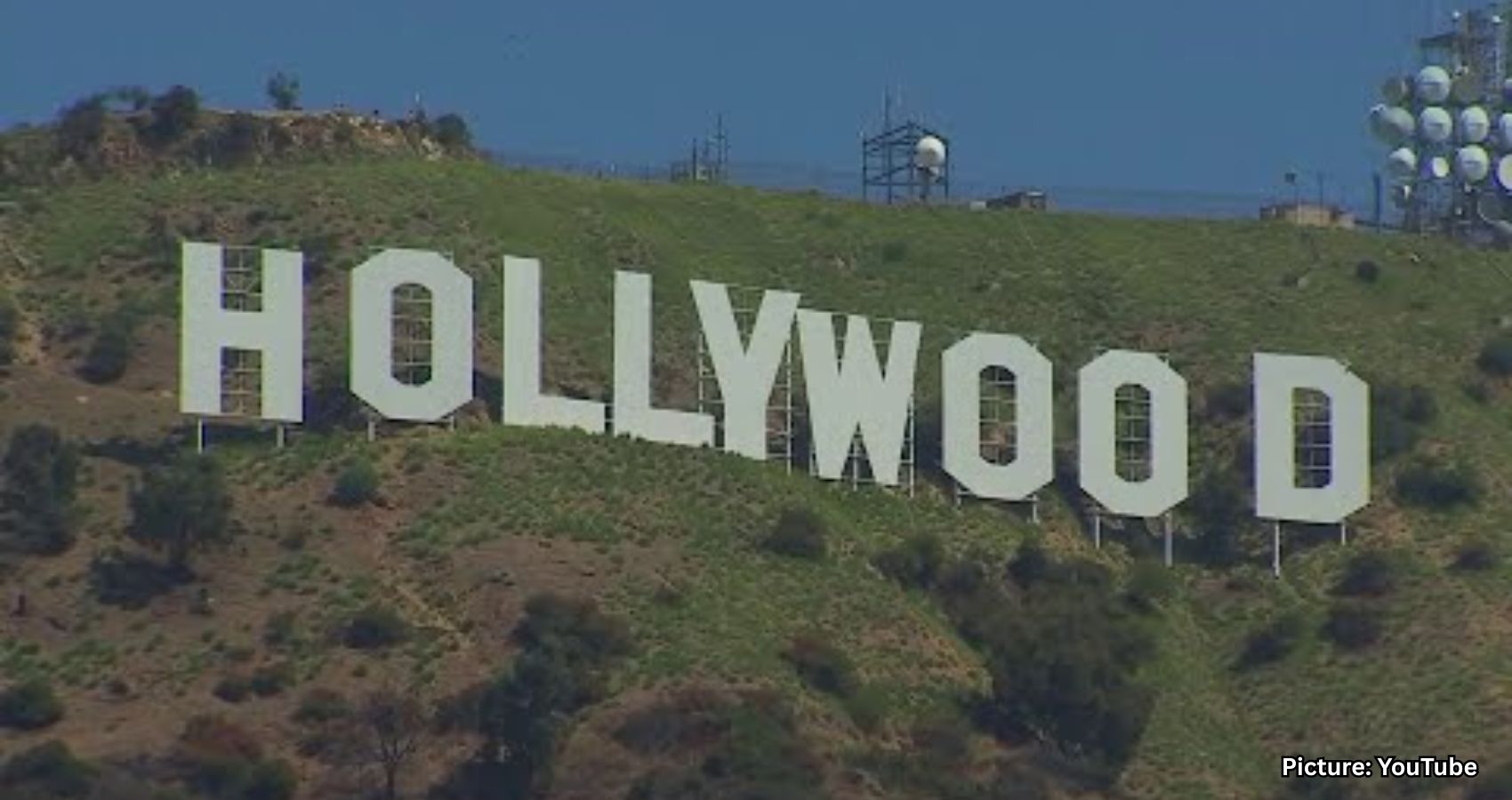Utah’s film tax incentives may not rival California’s, but the state’s unique landscapes and a “film-friendly” attitude keep it competitive in the entertainment industry.
Once synonymous with filmmaking, Los Angeles is no longer the automatic go-to location for every film, as production studios explore possibilities in other states. California Governor Gavin Newsom is working to reinforce L.A.’s status as a central hub for the entertainment industry. Despite challenges, including actor and writer strikes and the rise of streaming services, he announced a significant increase in California’s film and TV tax credit program to $750 million annually, aiming to sustain the city’s allure amidst a $12 billion budget deficit.
While California waits to see the effects of this increased funding, other states are seizing the opportunity to draw film projects with their own tax incentives. Texas, for instance, has raised its film tax credit to $300 million biennially, placing itself among significant, albeit secondary, production hubs like Louisiana and Pennsylvania.
Utah, though not matching the high fiscal incentives from states like California or Texas, presents an appealing alternative through practical incentives and a conducive filming environment, according to the Utah Film Commission. Virginia Pearce, director of the commission, states that Utah benefits from frequent requests for specific outdoor locations and a lower filming cost than cities like Manhattan. While Utah occasionally loses projects to other regions, it compensates with a strategic “film-friendly” atmosphere.
In December of the previous year, Utah commemorated 100 years since its first film production, highlighting a long-standing tradition of filmmaking. Utah’s Motion Picture Incentive Program, established in 2011, initially capped at $6.79 million, spurred the local film industry forward. Iconic productions like “Yellowstone” filmed approximately 75% of its initial three seasons, spending around $80 million locally. Although Utah later lost “Yellowstone” to Montana due to enticing incentives, the state remains vital in the industry.
An enhanced financial boost came with the introduction of a bill — SB49 — which provided a $12 million incentive for productions filming primarily in Utah’s rural areas. This initiative increased the annual incentive cap by nearly $2 million and attracted 28 projects, contributing over $200 million in spending.
Unique landscapes and settings in Utah continue to draw filmmakers. Productions such as HBO’s “Mountainhead” and Disney projects have capitalized on the diverse scenery from snow-clad mountains to picturesque towns. The state’s reputation for offering a general “any town in the U.S.A” aesthetic further appeals to varied storylines.
Despite these positive developments, Utah faces challenges such as the relocation of the Sundance Film Festival to Colorado, following a more attractive $34 million tax credit. Although this represents a potential economic setback, Utah’s Film Commission remains optimistic, acknowledging Sundance’s formative influence on the state’s creative economy. Pearce highlights this as a turning point for expanding the broader creative economy rather than relying on a single event.
Across the state border in Arizona, the viability of film tax credits faces scrutiny. The Goldwater Institute challenged Arizona’s $125 million film tax incentive, arguing it violates the state’s gift clause by failing to demonstrate a tangible return on investment.
Despite debates around economic returns, both Utah and California continue to invest in film tax incentives, recognizing the symbiotic relationship between filmmaking and economic activity. Utah’s film-friendly policies, rich history, skilled production capabilities, coupled with its natural allure, position it as an enduring competitor within the film industry.
Source: Original article

